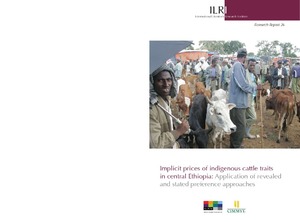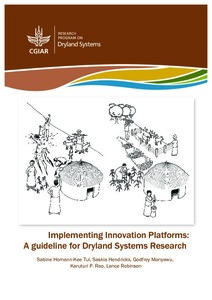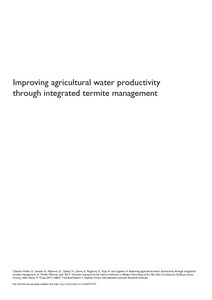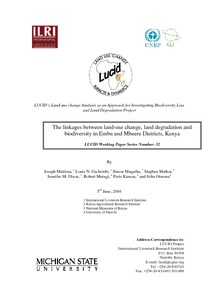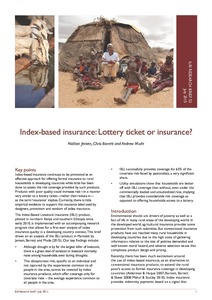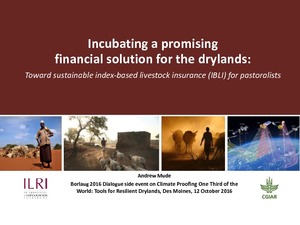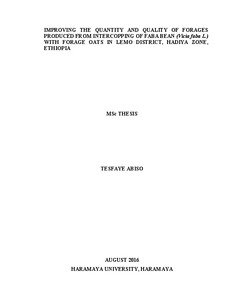Implicit prices of indigenous cattle traits in central Ethiopia: Application of revealed and stated preference approaches
The diversity of animal genetic resources has a quasi-public good nature that makes market prices inadequate indicator of its economic worth. Applying the characteristics theory of value, this research estimated the relative economic worth of the attributes of cattle genetic resources in central Ethiopia. Transaction level data were collected over four seasons in a year and choice experiment survey was done in five markets to generate data on both revealed and stated preferences of cattle buyers. Heteroscedasticity efficient estimation and

